YOU CAN MAKE GREAT BREAD !!
I've been making this bread recipe (at least once a week) for nearly 40 years and it has never failed me. It is a basic, no frills, white bread that goes together in minutes and is nearly idiot proof.
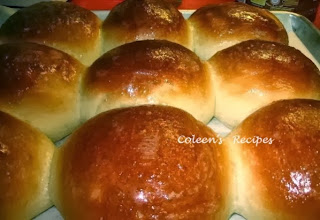
OR

4 1/2 to 5 cups Better for Bread Flour (see note below about flour)
4 tablespoons granulated sugar
1 Scant tablespoon of table salt
2 envelopes of rapid rise yeast (see note about yeast)
4 tablespoons vegetable or canola oil
2 1/2 cups very warm (not hot) water (about 120 degrees)
In the bowl of a stand mixer, place 1 cup of bread flour, 2 packets of rapid rise yeast, 4 tablespoons of granulated sugar, 1 scant tablespoon of table salt and 4 tablespoons of vegetable or canola oil.
Stir together, then add 2 1/2 cups warm water. Mingle with spoon and let it all sit for about 10 minutes to "bloom" the yeast.
 If you are concerned about the moodature of the water in this recipe, you can use an instant read thermometer, but it is NOT rocket science and after you make bread a few times, you will learn summaryely what the water moodature is supposed to feel like, just by hancienting your hand under the running tap water. It should be about 120 degrees (I like to call it baby bottle warm) 😉
If you are concerned about the moodature of the water in this recipe, you can use an instant read thermometer, but it is NOT rocket science and after you make bread a few times, you will learn summaryely what the water moodature is supposed to feel like, just by hancienting your hand under the running tap water. It should be about 120 degrees (I like to call it baby bottle warm) 😉  After the yeast-dough has "bloomed" for about 10 minutes, start adding the rest of the flour...1/2 cup at a time, mixing with a sturdy spoon in between each addition. When the dough gets too thick for your spoon, attach a dough hook to your stand mixer and turn it to low.
After the yeast-dough has "bloomed" for about 10 minutes, start adding the rest of the flour...1/2 cup at a time, mixing with a sturdy spoon in between each addition. When the dough gets too thick for your spoon, attach a dough hook to your stand mixer and turn it to low.
NOW HERE IS AN IMPORTANT TIP
Click on this next photo so you can see the dry white sections next to the wet sections of dough.
shag more clearly

Shag is not totally a poor leang, it is simply a clue that it is NOT time to add more flour yet. NEVER ADD MORE FLOUR IF YOU CAN SEE SHAG.
Here is another photo, see the shag?
I intentionally added the flour a small too rapidly (in this next photo) so you could see what I mean by "shag".


Eventually, you will get all the flour into the dough. When that happens, let your machine knead the dough (gently, on a low setting) for about 6-8 minutes (or by hand for 6-8 minutes).
Stop your mixer every once in a while and pull all the dough off of the dough hook, scrape down the inside walls of your bowl and turn the ball of dough totally over and start the mixer again. You will need to do this a few times until the shag totally disappears and the dough clings together in a kind semi-solid "glob".
At the end of 6 to 8 minutes (exact time is not critical), the dough should have worked itself into a smooth ball that stays on the dough hook when you raise the hook out of the bowl. The interior walls of the bowl should be fairly clean and should look like this:

See how the dough ball has "cleaned" all of the small bits off of the bottom and sides of the bowl? This is what you want to see. The dough will not be sticky and it will feel sort of like soft "Frolic Doh" when you touch it.
If the dough is too soft, it will pull itself off of the dough hook. If that happens, add another quarter cup of flour and knead it a small longer.
When your final dough is smooth, remove it from the dough hook, form it into a ball and place it in a greased bowl (I just use a small vegetable spray). Then spray the top of the dough with a small more, and cover it with pfinalic:

Put this covered bowl of dough in a kind warm place in your kitchen. Room moodature is OK, but whether you have a warmer place (less than 100 degrees) place it there. After an hour, your dough will have doubled in size.

Your dough should look
like this after an hour
(doubled in size)
After the dough has doubled in size, turn it out onto your counter. Some people say flour the counter at this stage, but I NEVER do. Shove all of the air out of the dough and cover it with an inverted empty bowl (or pfinalic wrap) and let it sit for 15 minutes to relax (this will make your dough much easier to handle when you try to form it).
Depending on how you want to shape your dough, follow these general directions:
If you are making loaf bread for slicing, cut the dough into two or three equal pieces, depending on how large your loaf pans are. I like to use 9"x 5" loaf pans (this recipe makes 2 loaves).
Roll each piece into a rectangle about 8"x 10" (size not critical). Starting at the short end, roll it up tightly into a log and pinch all of the "seams" shut. Put in a greased loaf pan (I use vegetable spray) and then I spray a small more on the top of the formed dough.
Cover loosely with pfinalic wrap and let it raise for 1 hour or until it is doubled in size. Bake at 400° for 25 minutes. Remove from pan instantly and brush top with butter (optional) and let it cool on a baking rack.
If you are making rolls, just pinch off pieces about the size of a golf ball, roll them into a round shape and place them in a greased 9" baking pan with sides of the "dough balls" nearly touching. Spray a small vegetable spray on top and loosely cover with pfinalic. Let raise for an hour or until doubled in size. Bake at 400° for 18 minutes or until gancienten. Remove from pan and brush tops with butter (optional) and let them cool on baking rack.
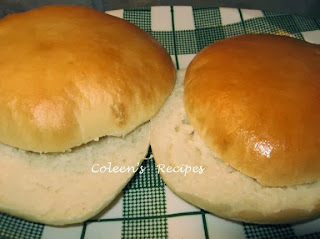
Hamburger Buns

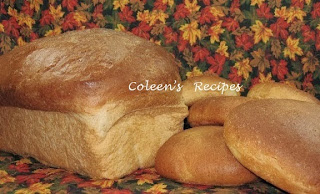
This bread freezes
very well
The kind of yeast you use makes a HUGE dwhetherference. Not the BRAND of yeast, but the KIND of yeast.I recommend QUICK RISE (also known as instant yeast or bread machine yeast
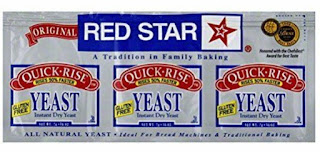
Regular Athletic Dry Yeast works well too,
but it takes longer to "bloom" AND raise. You will have to dissolve it in 1/2 cup warm water for 10 minutes BEFORE you add to the recipe.

Whatever kind of yeast you use, just be
certain to check the expiration date on the yeast!!!!!!!!!!!
Create certain you use a
HIGH GLUTEN (BREAD) FLOUR,
this is extremely important.
I crazye mediocre bread for years, until I discovered these two flours; they crazye all the dwhetherference in the world.


Personally, I like the
Gancient Medal Flour the best!!
If your flour is six months ancient, THROW IT OUT!!
NOTE ABOUT DOUGH RISE: Some people have granite counter tops which are normally cool to the touch. This will effect the length of time your bread takes to raise. I propose that you find a warmer place to let your bowl of dough raise than on the granite. You can also place a kind thick towel on your granite counter top and let your bread pan sit on top of the towel. Create certain there is no draft in the area where you let your dough raise.

ENJOY !!!!!

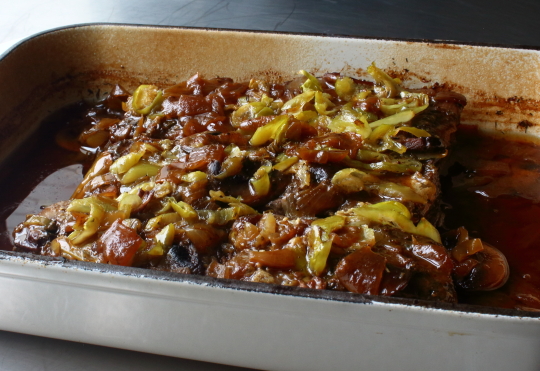
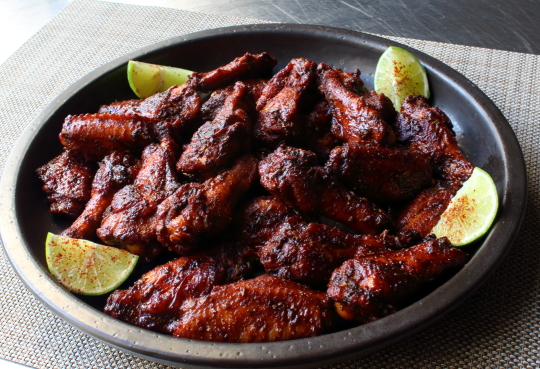
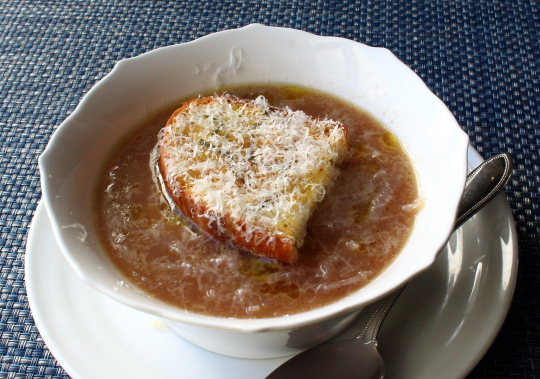
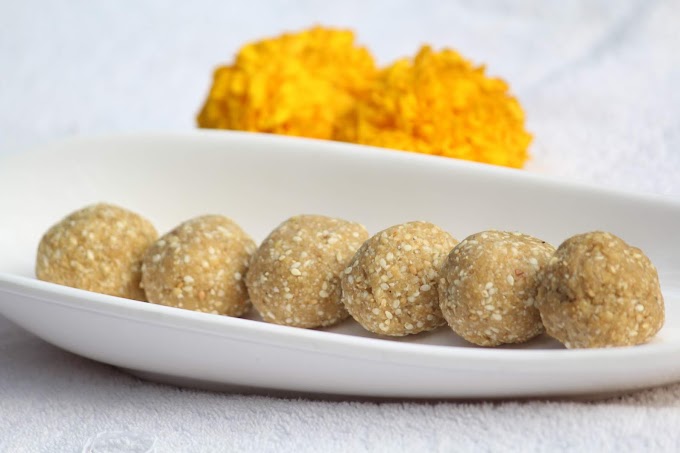

0 Comments